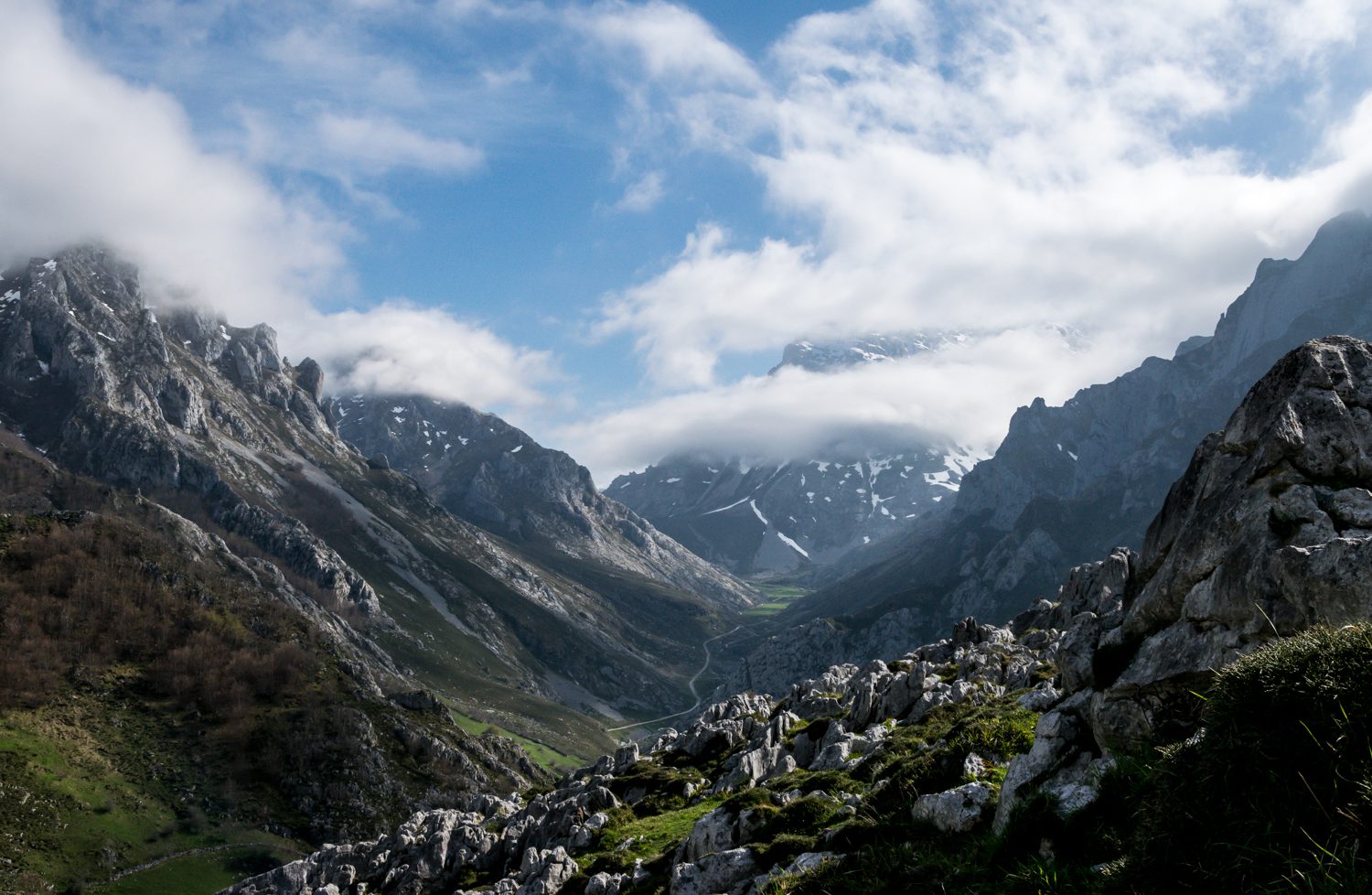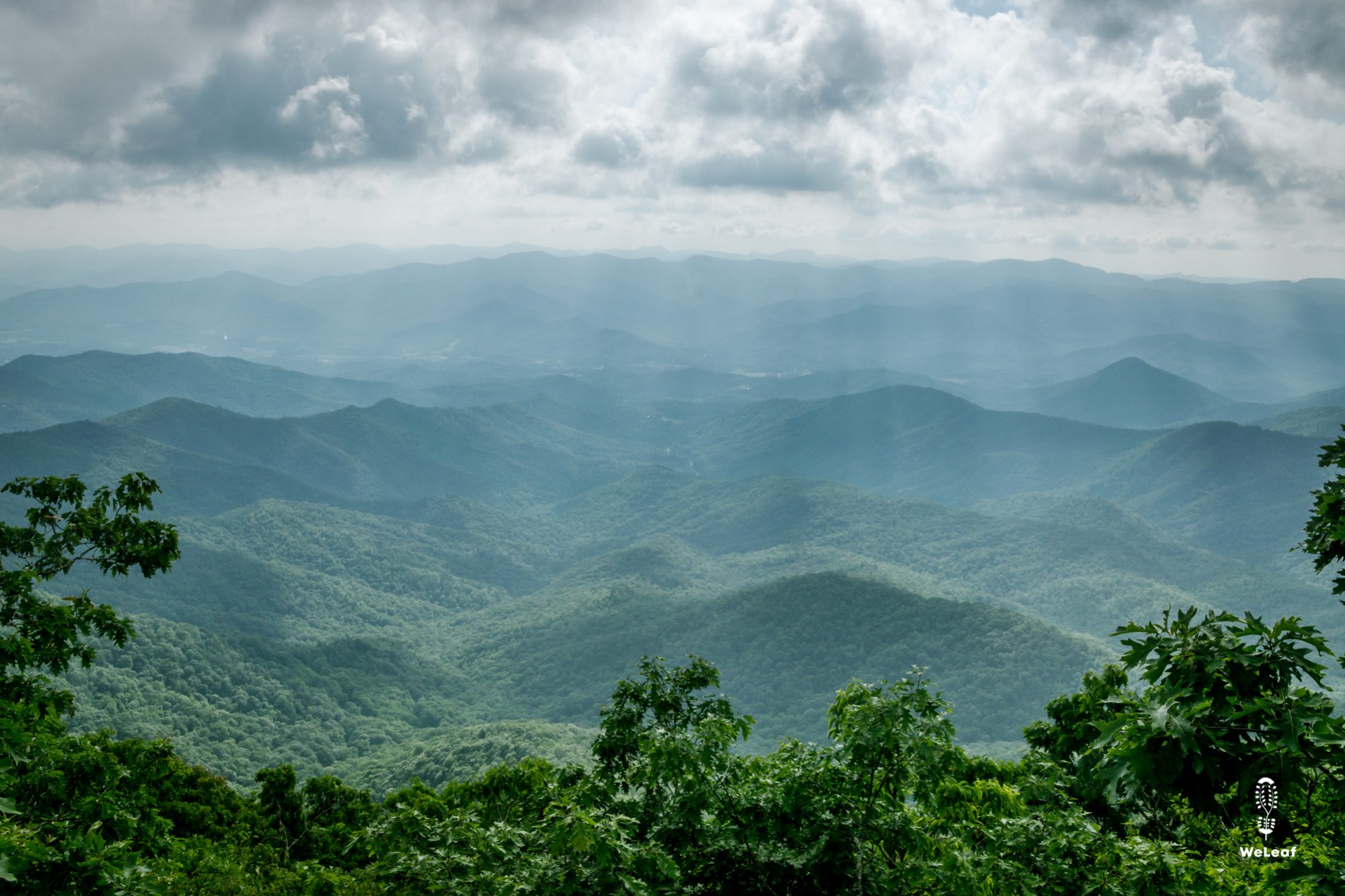
10 tips for a long hike you didn’t think off

Bicycle touring pack list
November 2, 2019
Leap of faith
November 8, 2019
Tips for beginning hikers
During our 1000-km hike on the Appalachian Trail (AT), we noticed that we had some other habits than the hikers we met along the way. Apparently we have developed our own outdoor living routines during our human powered travels. On the trail we did we learn to recognise some of our 'survival tricks'. Hopefully it will also help you on your next hike.
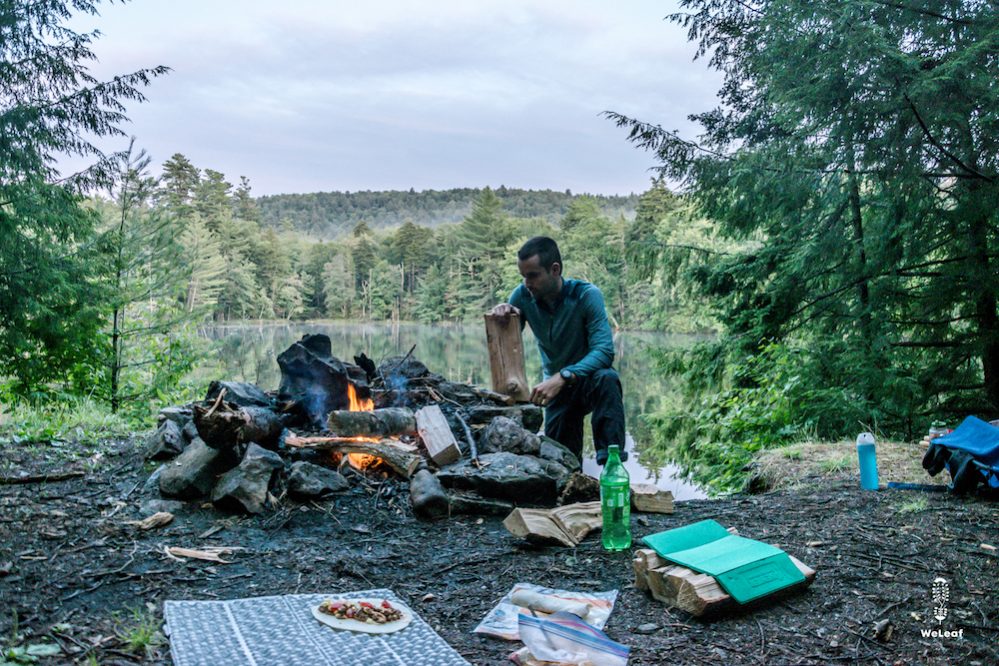
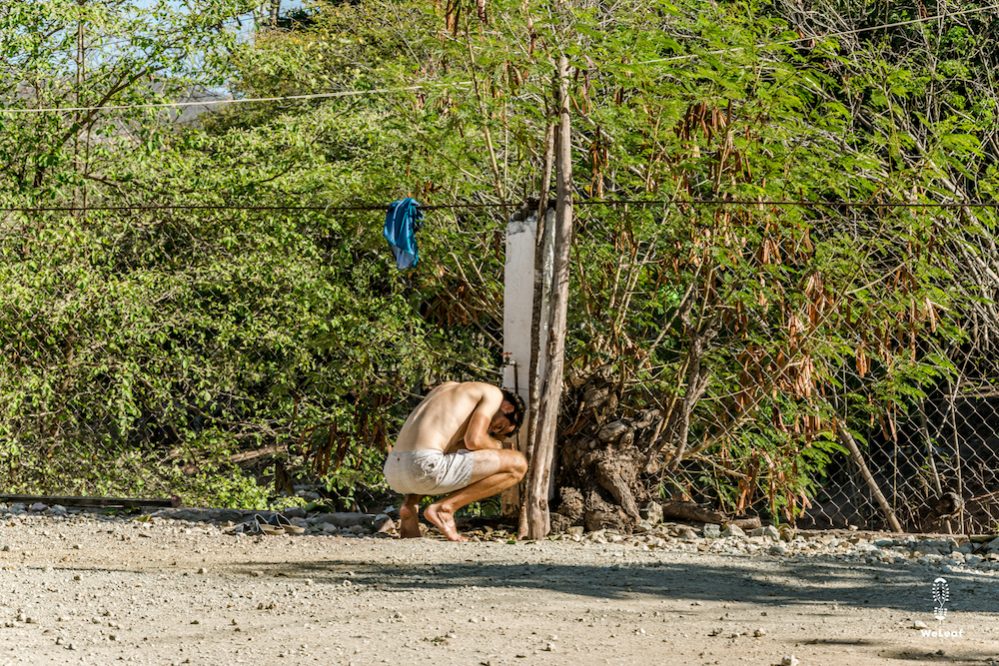
1. Foam seating pad
A foam pad to sit on in wet and cold weather or on dirty surfaces. Perfect to keep the buttocks dry, warm and clean, but also as a mat to put things on in dirty weather. It is one of Zoë's favourite items and has been in our 'travel suitcase' since day one. After a lot of rain during the first days at the AT, Olivier decided to make one himself when he found an old foam sleeping mattress. We used the mats for much more than we initially thought and it became a very useful tool for on the road.
2. Two sets of clothes
We live on two sets of clothes, a hiking set and an evening set, also called the after-training-set. We work in layers for both sets, but we keep them separate. On the AT and during our trip we sometimes have days without any facilities. We always want to keep one set of clean clothes. The active set is to sweat and is quick drying synthetic material. The evening set is to keep us clean, warm and dry. We use merino wool t-shirt because they won't smell and keep 'clean' longer..
3. Wascloth
If we do a long hike or are active for a long time as in our travels, we assume that we will sweat and stink. It is part of it, but a small bath does miracles. It keeps the mind fresh and the stuff clean. If there is fresh water nearby, we always use it. A washcloth helps with washing in small streams, but comes in handy when there are no water supplies in the area. With a few drops of our drinking water on the washcloth we can wash ourselves sufficiently, say, wipe clean. Enough to keep our evening clothes and sleeping bag dry and clean. Washing ourselves is something we really look forward to after a sweaty day!
4. Washing clothes on the trail
After a hiking day we always wash our shirt in a stream. On the AT there are enough water sources, but always do this without soap. The shirt stinks and is wet with sweat and will harden if you don't wash it. Washing keeps your shirt cleaner and just a little fresher. It will not smell like flowers, but it will last longer. If you wash your clothes out on a daily basis, you hopefully don't need a washing machine until day 5 or 6. In short, it helps you continue longer with little clothing. The clothing does not always dry in the morning, but your body heat will.
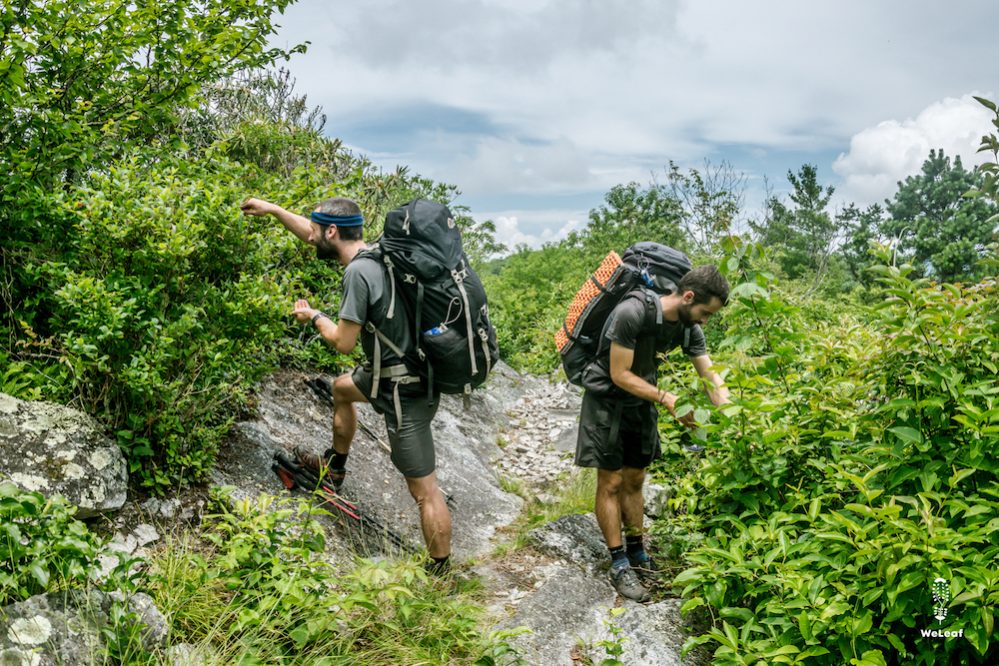
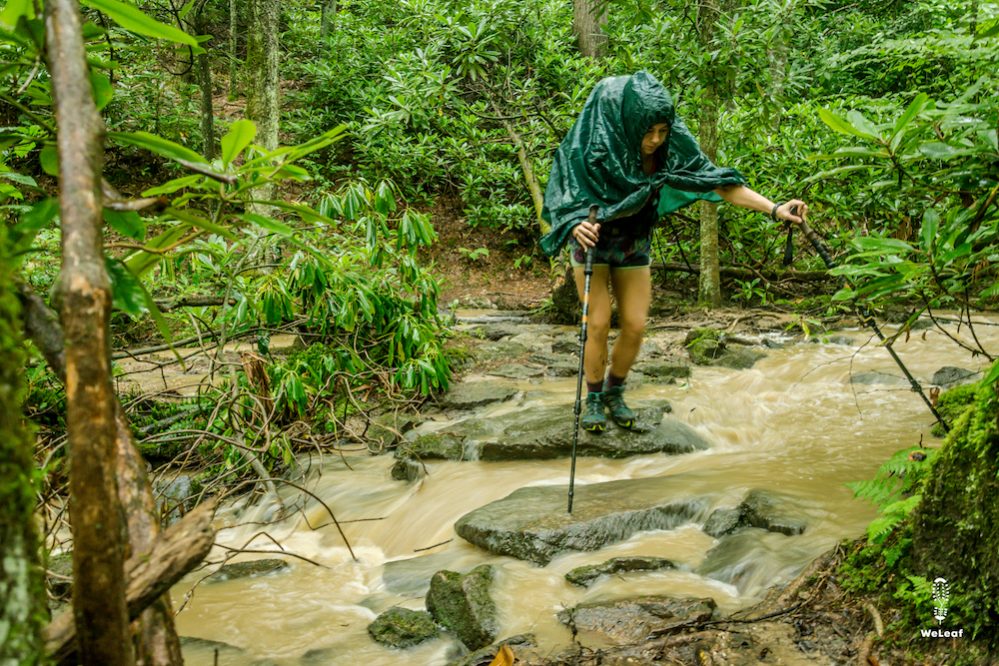
5. Saw
We carry a saw and that comes in handy in a wet forest. Dry wood is often not found from the ground because wood that has been on the ground for some time retains water. You have to look for fallen and broken branches and trees that are not laying flat on the ground. These are dead and dehydrated by the wind, even, in a rain-cast forest. Often fallen and broken branches are still attached to the tree, with the help of a saw you can quickly build a campfire. It’s one of the secrets for making a good fire.
6. Wild fruits and nuts
We recognise wild fruits and nuts such as blackberries, blueberries, raspberries, chestnuts and beech nuts. That is handy, fun and tasty. On the AT we could enrich our breakfast almost daily. When we go to a new country, we search in advance on the internet what can be found in the nature. It is also useful to check whether there is not a similar plants that is not edible. For our winter trip we will look which leaves are nice for tea.
7. Fresh meals
We are often surprised because we cook 'real' on the trail. For us it is the most normal thing. Why should we no longer think about our health along the way? We cook with fresh vegetables and therefore carry them with us. Even on a long journey like the AT we cooked fresh meals every day. Of course it weighs incredibly much more, but we took that for granted and enjoyed this evening activity and our delicious meals. We often got jealous faces and nice compliments. How do we do it on long trail? Read it in our 7 tips for eating healthy on a hiking trip.
8. Poncho
Raincoats are nice, but they are sweaty and make you wet inside and outside. We have a good raincoat, but only use it for the cold and wind or when we are not moving and it rains. A poncho has much more room to ventilate. If it doesn't rain too hard, we roll up the front, so our clothes stay dry and we get even more ventilation.
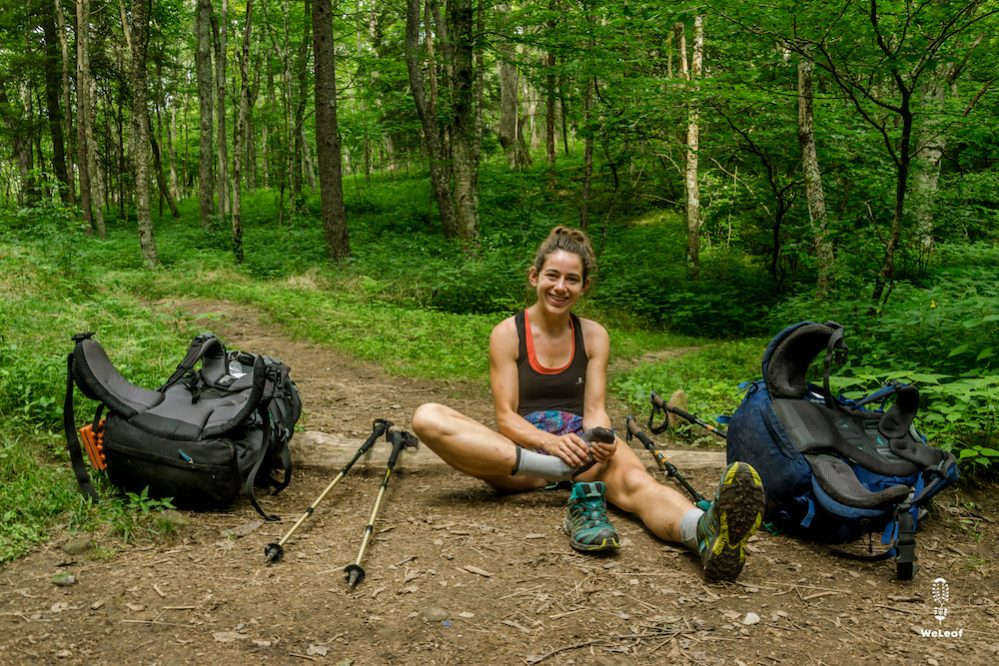
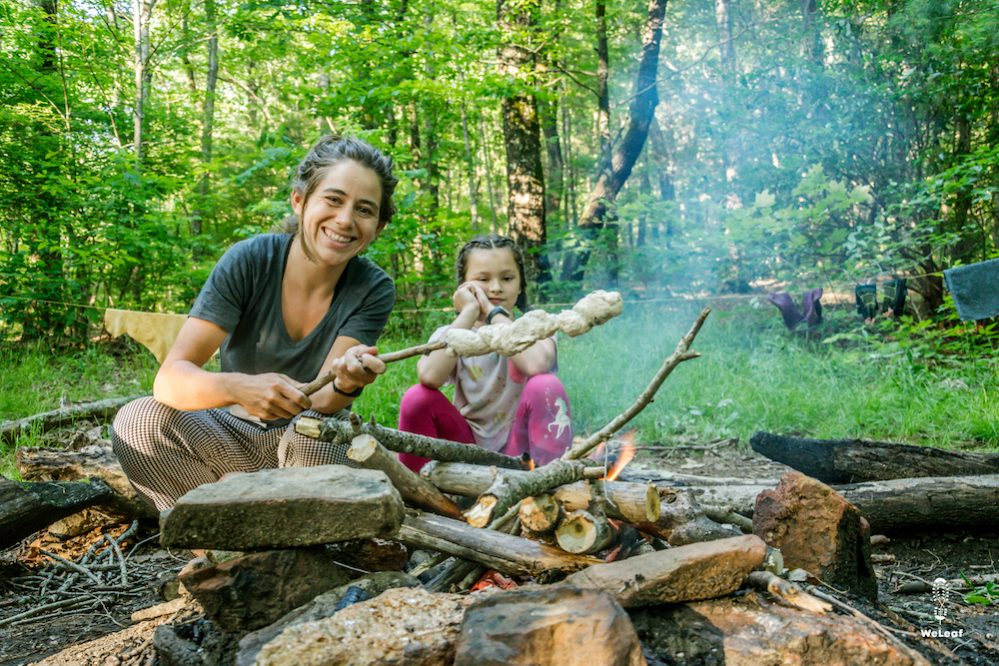
9. From blisters to calluses
While hiking we got blisters too. That has nothing to do with long toenails, wrong shoes or wet socks, but just with the long distance. In that case a blister means that the skin is too soft in a place where calluses are needed, for example because your shoe always rubs against the skin. That is why we always dry our blisters out as quickly as possible and create calluses by letting the skin get used to friction. We cover the irritated skin with a piece of sports tape. At the end of every day we 'train' the skin a little longer without the taped blister. In the evening and at every break we remove the tape to let the skin dry. After a day of 4-5 we created enough calluses for the rest of the trail. Some people refuse opening a blister with a needle. We will do it, if our technique with the sport tape didn’t work.
10. Baking bread
Zoë learned three ways of baking bread on the trail. A very nice activity after a day of hiking and she could surprise others with it. Two techniques are bread without yeast, which is a very quick and easy variant. You can roll the dough in the form of a long sausage and then roll it on a stick that you bake over the fire. The alternative is to flatten the bread and bake it in a pan or directly on the hot coals. For the third technique you need yeast and the bread has to rise. You literally make an oven with large stones and build the fire just in front off the entrance. Large stones and some patience are certainly needed with this technique.
